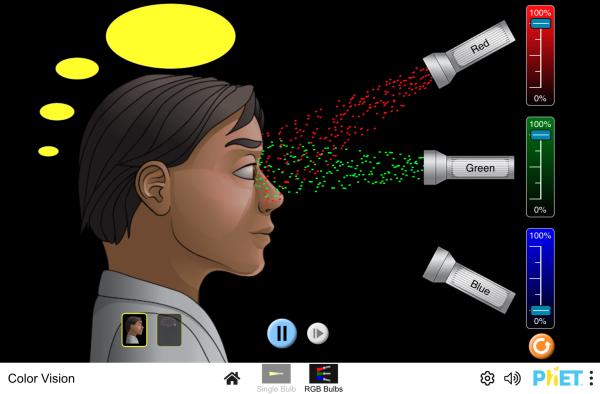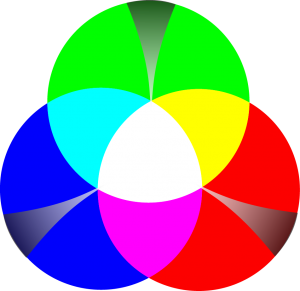 Ethics illuminates how we should live and lead, like light illuminates the dark. Leadership without ethics is, at its best, aimlessly stumbling around in the dark, and at its worst, purposefully creating darkness for others. As Dr. Martin Luther King Jr. said: “Darkness cannot drive out darkness; only light can do that.” This page further explains the metaphor of light and how it relates to ethics.
Ethics illuminates how we should live and lead, like light illuminates the dark. Leadership without ethics is, at its best, aimlessly stumbling around in the dark, and at its worst, purposefully creating darkness for others. As Dr. Martin Luther King Jr. said: “Darkness cannot drive out darkness; only light can do that.” This page further explains the metaphor of light and how it relates to ethics.
Imagine that we have three flashlights that we shine in a dark room. Each one shines a different primary color of light (green, red and blue). If we overlap these three primary colors of light we get white light, which is the full spectrum of visible light (see the multicolored “Ethicspectrum” image above). Using visible light as a metaphor, we can combine the three primary ethical focus areas (Green for “Character“, Red for “Code“, Blue for “Consequences“) in much the same way that we combine visible light. By combining the three primary ethical focus areas (i.e. three primary colors) we can benefit from the strengths of different focus areas while balancing out the weaknesses of any single focus area.
When trying to decide “What’s the right thing to do?” what focus (color) do you rely on the most, and what animal is associated with that focus? Where do YOU fall on the Ethicspectrum?
How does color vision work?
To understand the metaphor of the Ethicspectrum, it can help to understand how color vision works. What color do we get when we combine red and green light? Click the simulator below to find out…
An Example to Keep in Mind
Suppose your friend Jun intervenes to stop someone from being bullied. Let’s say that you believe that what Jun did was ethical… but, why do you think it was ethical?
Read through the descriptions and questions below to discover which ethical focus area(s) you prefer. Each focus area is associated with a different wavelength of light. There are three “Primary Focuses” listed: Green, Red and Blue. There are two “Combined Focuses” listed: Yellow (Gold) and Grey (Silver). Please note that there are many other possible combinations, just as there are many possible combinations of Green, Red and Blue light. Are you aware of the pros and cons of the focus area(s) that you are using? Could you benefit from incorporating focus areas that you are not using in order to utilize the full spectrum of light?
PRIMARY FOCUS AREAS
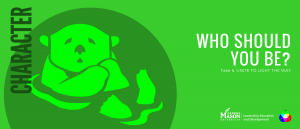
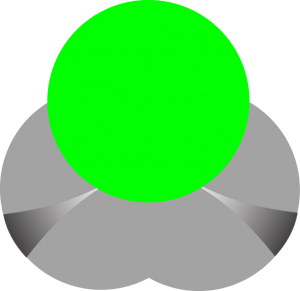
GREEN / Character Focus (A “Primary” Focus) / Animal: OTTER
- You ask yourself: “What kind of people should we be?” and “What would a person of good character do in this situation?”
- You feel that ethics is very much a matter of what kind of people we are.
- You focus on the personal characteristics people need to live good lives. For example, you may believe that compassion for the suffering of others is an important character trait.
- You may also believe that we should focus on being honest, fair/just, respectful and responsible people.
- For more information see: OTTER
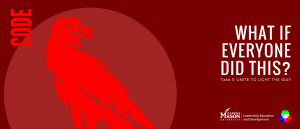
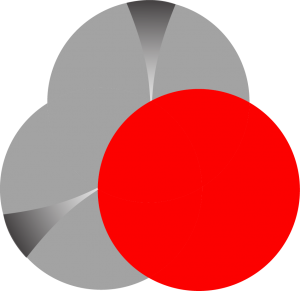
RED / Code Focus (A “Primary” Focus) / Animal: HAWK
- You ask yourself: “Would I want this action made into a rule/code for all to follow?” and “Are we respecting others’ rights and not just using them?”
- If someone tries to do the right thing but it works out badly, you believe that they still deserve moral credit for trying (i.e. focus on the intent of the action, regardless of consequences of the action).
- You believe that it is important not only to do the right thing, but to do it for the right reasons.
- You think that others should always be treated with respect and that we should never use others just as a way to get the results we want.
- For more information see: HAWK
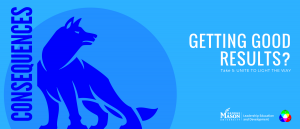
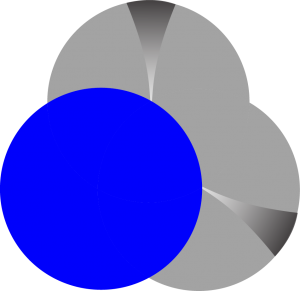
BLUE / Consequences Focus (A “Primary” Focus) / Animal: WOLF
- You ask yourself: “What will bring the best results and least harm for all who might be affected?” and “What are the overall consequences of this action?”
- When trying to decide what the right thing to do is, you add up the overall consequences of the various alternatives, seeing everyone (not just yourself or your group) as equally important.
- You think that increasing things like happiness, and reducing things like suffering, for as many as possible is the best way to live life.
- You believe that the right thing to do is whatever is best for the greatest number.
- For more information see: WOLF
COMBINED FOCUS AREAS
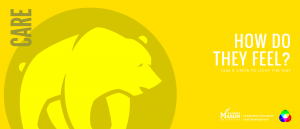
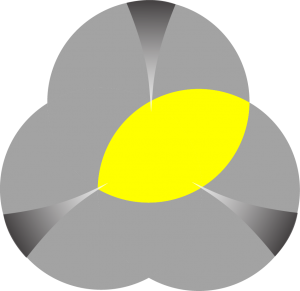
YELLOW (GOLD) / Care Focus (A “Combined” Focus) / Animal: BEAR
- The Care focus area may be seen as a combination of aspects of the Character focus area and the Code focus area. When we combine green and red light we get yellow light.
- You ask yourself: “How can we treat others as we/they would like to be treated?”
- This can be seen as a combination of aspects of the Character and Code focus areas since it includes ideas about the type of people we are striving to be (e.g. caring/compassionate) and a rule/code that it would be beneficial for all to follow (e.g. “Treat others as you/they would like to be treated”).
- This focus area is our first example of a combination of two other focus areas, indicating that these focus areas do not need to be mutually exclusive.
- For more information see: BEAR
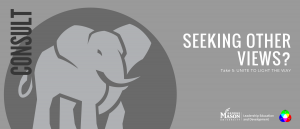

GREY (SILVER) / Consult Focus (A “Combined” Focus) / Animal: ELEPHANT
- You ask yourself: “Who will help me to consider diverse perspectives?” and “Who can help me avoid harmful biases?”
- You believe that we each have a limited viewpoint and harmful biases (e.g. conformity bias).
- You seek diverse perspectives in order to see things from different viewpoints (i.e. different focus areas).
- You think that it is essential to combat harmful biases in order to be more ethical.
- For more information see: ELEPHANT
Here’s an example to highlight the first three focus areas listed above. WeTake5 calls these the “Big 3” or “Primary Focuses” of Moral Philosophy:
Remember the example from above that we asked you to keep in mind: Your friend Jun intervenes to stop someone from being bullied.
If you focus on Character (Green), you will be most interested in the personal traits (e.g. compassion) that Jun shows. Since Jun intervened it may suggest that Jun has good character.
If you focus on Code (Red), you will be most interested in what rules/codes Jun lives by and Jun’s motivation/intent to act ethically, even if he is unsuccessful in his attempt to intervene. You will also be most interested in how much Jun helps to protect people’s rights. Jun stood up for someone in need of protection, and you may believe that kind of behavior is good in and of itself (i.e. regardless of the results of intervening).
If you focus on Consequences (Blue), you will be most interested in the consequences of Jun’s actions (e.g. did Jun stop the bullying, inspire others to stand up against bullies). According to this focus, what Jun did was good because it resulted in the best consequences: Jun stopped the person from being hurt.
These focus areas do not need to be antithetical. They can often be combined, as we see with the Care (Yellow, Gold) focus.
Jun example adapted from: Moral Philosophy.info

Overlapping Colors: The Metaphor of Light
The metaphor of light can help us to see how we can combine the 5 focus areas (5 Cs) for ethical decision making. Using visible light as a metaphor, we can combine ethical focus areas in much the same way that we combine visible light. This can help us to benefit from the strengths, but balance the weaknesses of each individual focus area.
Imagine that we have 3 flashlights that we shine in a dark room. Each one shines a different primary color of light (green, red and blue). When green, red and blue light all overlap, they combine to create white light, the full spectrum of visible light. The idea of the Ethicspectrum is the same. If we combine the three most respected focus areas in moral philosophy (the “Big 3” or “Primary Focus Areas”) we may be able to benefit from the strengths and balance the weaknesses of each individual focus area.
The Care focus area (yellow, gold) may be seen as a combination of aspects of the Character (green) and Code (red) focus areas. Thus it is called a “Combined View.” This is because it has elements of the type of person you are striving to be (e.g. caring/compassionate) and elements of a rule/code that it would be beneficial for all to follow (e.g. “Treat others as you/they would like to be treated”). A combination of any of the views is possible, this is just one example.
The Consult focus area (grey, silver) can serve to lighten or darken any of the colors. This is because consulting with others can clarify or muddy various perspectives and can either help us move towards the full spectrum of light or further away from it. Wise and trusted advisors can help us to see important subtleties that we may miss on our own. However, we may choose to consult with people who have harmful biases of their own, which can cloud (i.e. darken) our own judgement. It is essential to carefully select those with whom we consult. When selecting trusted advisors, it can be a great help to observe which of the various focus areas that they use.
If we are able to ask the questions that help us consider each focus area and consult with those who can help use see things we may not be aware of, we may be able to benefit from each focus area and move closer to the full spectrum of light.
“Darkness cannot drive out darkness; only light can do that” ~Martin Luther King Jr.
Check out our brief video which helps to explain the idea of combining multiple focus areas:

